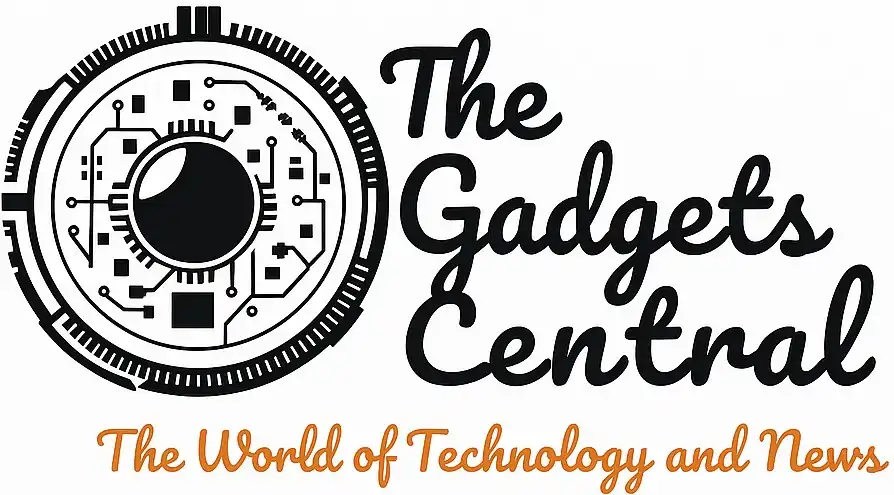Image Source: The New York Times
In recent discussions regarding the cpi inflation rate, fresh data has been released showing a modest climb in inflation levels. According to the Bureau of Labor Statistics, the Consumer Price Index (CPI) in the United States experienced a 2.4 percent increase in May compared to the previous year, which marks an increase from April’s annual rise of 2.3 percent. This uptick, however, seems to reflect only the initial effects of President Trump’s tariffs on imports.
While businesses across the country had indicated plans to raise prices in response to these tariffs, the overall impact appears to be limited thus far. The core inflation rate, which excludes the more volatile food and energy sectors, remained steady at 2.8 percent. Policymakers closely monitor this figure as it provides insight into underlying price pressures not influenced by temporary fluctuations in food and energy costs.
Understanding the Current Trends in CPI Inflation Rate
In a month-on-month observation, the CPI saw a modest 0.1 percent increase, aligning with the core index. These figures fell short of economists’ expectations, painting a picture of a mixed economic landscape influenced by the ongoing trade policies. Many experts continue to believe that as businesses begin adjusting their pricing strategies, the effects of the tariffs could become more pronounced over the summer months.
The tariffs imposed by the Trump administration constitute an additional tax on imported goods, which naturally raises the cost of products for consumers. As companies are beginning to filter these costs down to their shoppers, it remains to be seen how significantly this will affect the average American’s wallet. The projections suggest that goods and services could see greater price increases in the coming months owing to sustained tariff impacts.
What This Means for the Average Consumer
For consumers, a primary concern remains how the cpi inflation rate will affect purchasing power. Economic analysts suggest that if inflation accelerates, the cost of essentials—ranging from groceries to household supplies—could rise, adding financial pressure on families already facing rising living expenses. The implications of the 2.4 percent increase in CPI signal to consumers to be prepared for potential shifts in their budgeting and spending habits.
Businesses and Economic Forecasts Amid CPI Inflation Rate Concerns
Businesses are in a delicate balancing act; while many are resigned to the cost of their goods increasing, they must also be cautious not to alienate price-sensitive consumers. The recent economic data suggests that the effects of tariffs may not yet be fully realized in consumer prices, but as the summer season progresses, any upward price adjustments could significantly alter consumer behavior.
In conclusion, while the latest CPI numbers reflect relatively manageable inflation at this time, ongoing trade tensions and tariff impacts necessitate close monitoring. Consumers and businesses alike are urged to prepare for what might come next as the full effects of these economic policies begin to take hold.
FAQs
What is the current CPI inflation rate?
The current CPI inflation rate as of May 2025 is 2.4 percent year-over-year.
How do tariffs affect inflation rates?
Tariffs increase the cost of imported goods; businesses may pass these increased costs onto consumers, potentially raising inflation rates.
What is the core inflation rate?
The core inflation rate excludes volatile food and energy prices, providing a clearer view of the underlying inflation trends.
What are economists predicting for inflation in the coming months?
Economists suggest that inflation may rise as businesses start to reflect tariff-induced costs in their pricing, potentially affecting consumer purchasing power.
Why is monitoring inflation important?
Monitoring inflation is vital as it impacts consumer spending, economic growth, and monetary policy decisions made by regulatory bodies.
